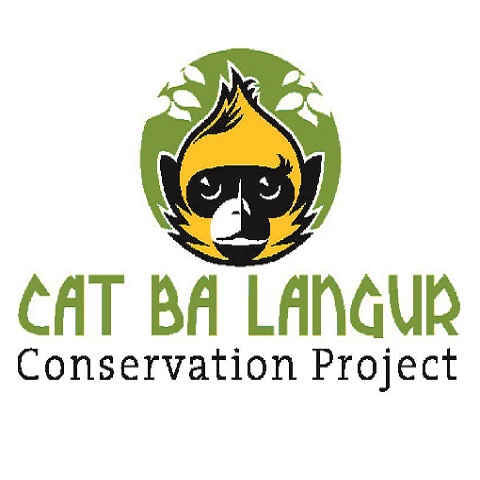Le Thi Ngoc Han
About yourself
I started out as an education officer with the Cat Ba Langur Conservation Project in 2011 and gave class-based and field lessons to almost 500 students for 4 years before transitioning into a more managerial role. Today I am the Assistant Project Director of the Cat Ba Langur Conservation Project (CBLCP). I oversee and manage the conservation project. This includes managing and analysing our database, coordinating our education programmes, and liaising with government officials and administration.
My responsibilities with CBLCP have helped me grow and given me opportunities to work with wider audiences, ranging from scientists, trainers, conservation partners, business owners, politicians, dignitaries to community members. Through working with such wider audiences, I realized keeping faith and being consistent and firm in wildlife and environmental conservation are both extremely challenging and rewarding.
Which ASAP species you are working to conserve, and can you tell us a little about your work?
Cat Ba Langur (Trachypithecus poliocephalus)
The Cat Ba Langur can only be found on Cat Ba Island in Ha Long Bay, Vietnam. They are considered to be one of most threatened primates in the world.
Our work focuses on the conservation of the Cat Ba Langur, its habitat, and the over-all biodiversity of the region. We operate three locally based anti-poaching teams, have a team of local Langur Guards who work with us and park rangers to protect langur areas, provide a significant amount of support to Cat Ba National Park to ensure that they are able to fulfil their conservation requirements, and have an environmental literacy program in all the schools on Cat Ba.
We are also active politically within Vietnam pushing for increased government involvement in conservation of primates and their habitat within the country.

How do you think the Women in Conservation Leadership Programme will help you in carrying out your work?
The Women in Conservation Leadership Program will help women like me, working in conservation leadership role, to study systematically the most necessary and practical content in building leadership skills to help effectively leading conservation efforts. I see that the training content committee is tempering idealism with a pragmatic approach that aims to deliver good results.
As a woman having been working and striving to grow in conservation field for 10 years and a single mom at the same time, I spot quite a few training contents in all three those modules that I definitely need to be either enriched or discussed with our like-minded people. I am dedicated and always expecting a high-quality work from myself, so receiving this training will help boost my work effectiveness in the future, help better conserve the Cat Ba langurs and better protect the environment of Cat Ba Island.

Han participated in Phase 1 of WiCLP.
